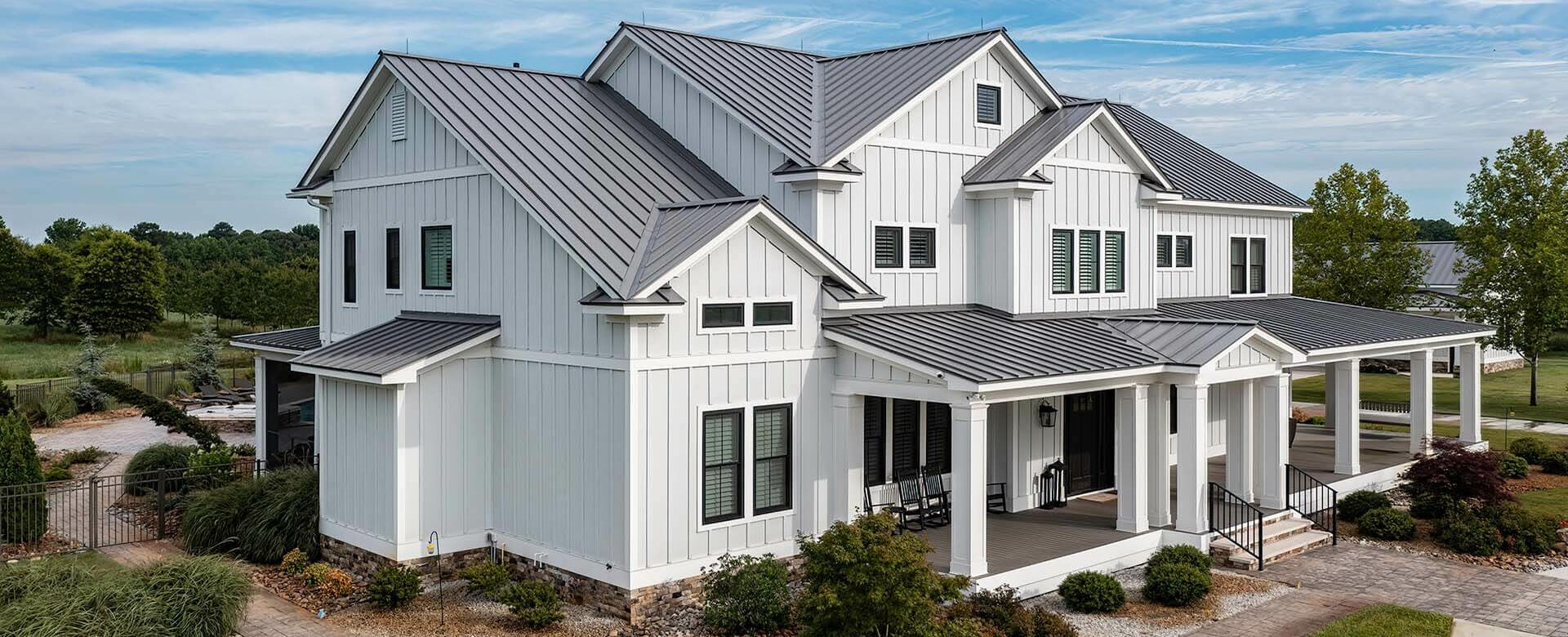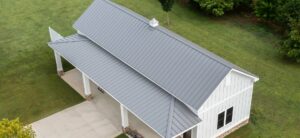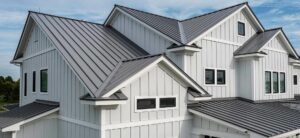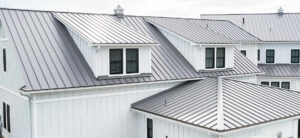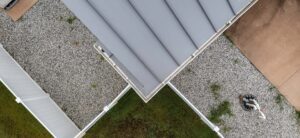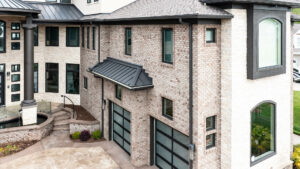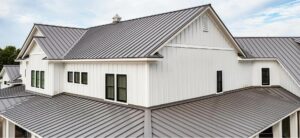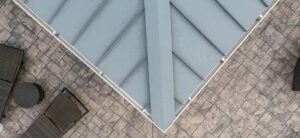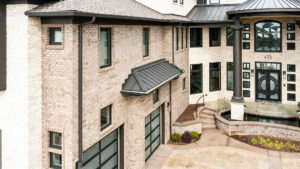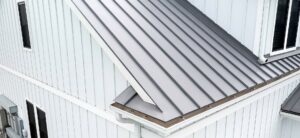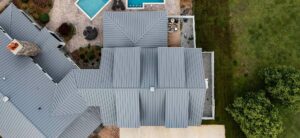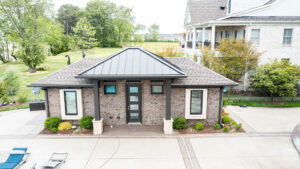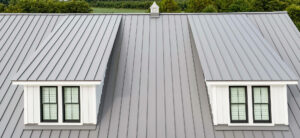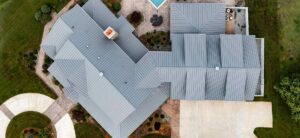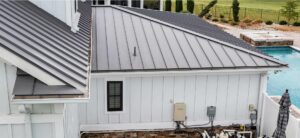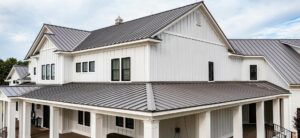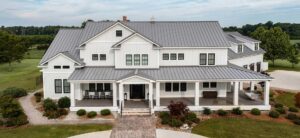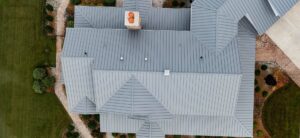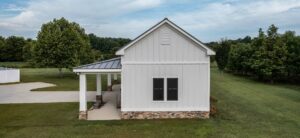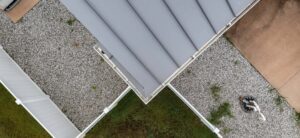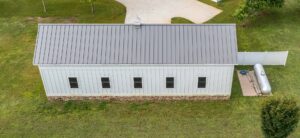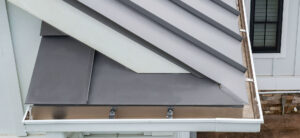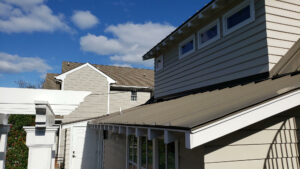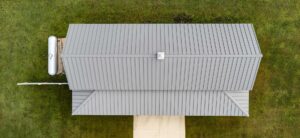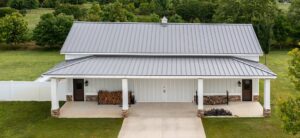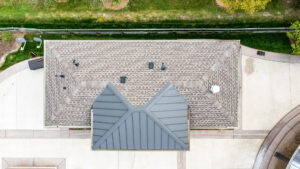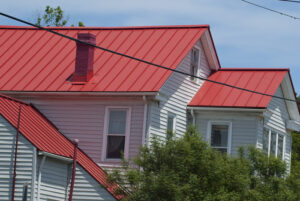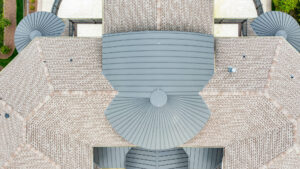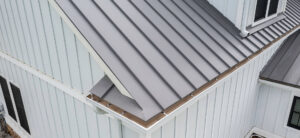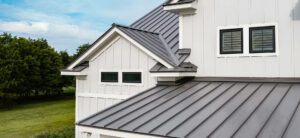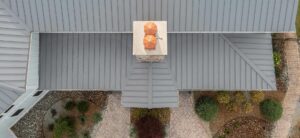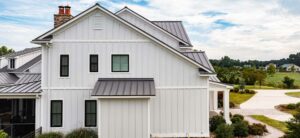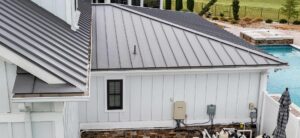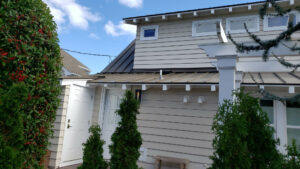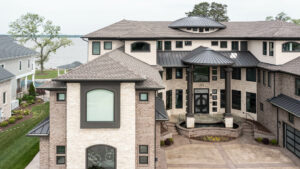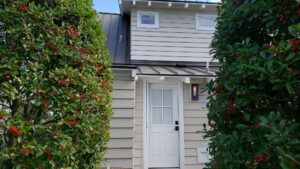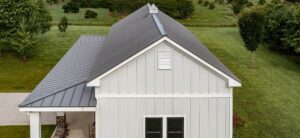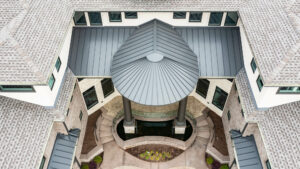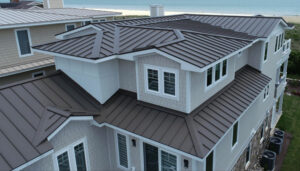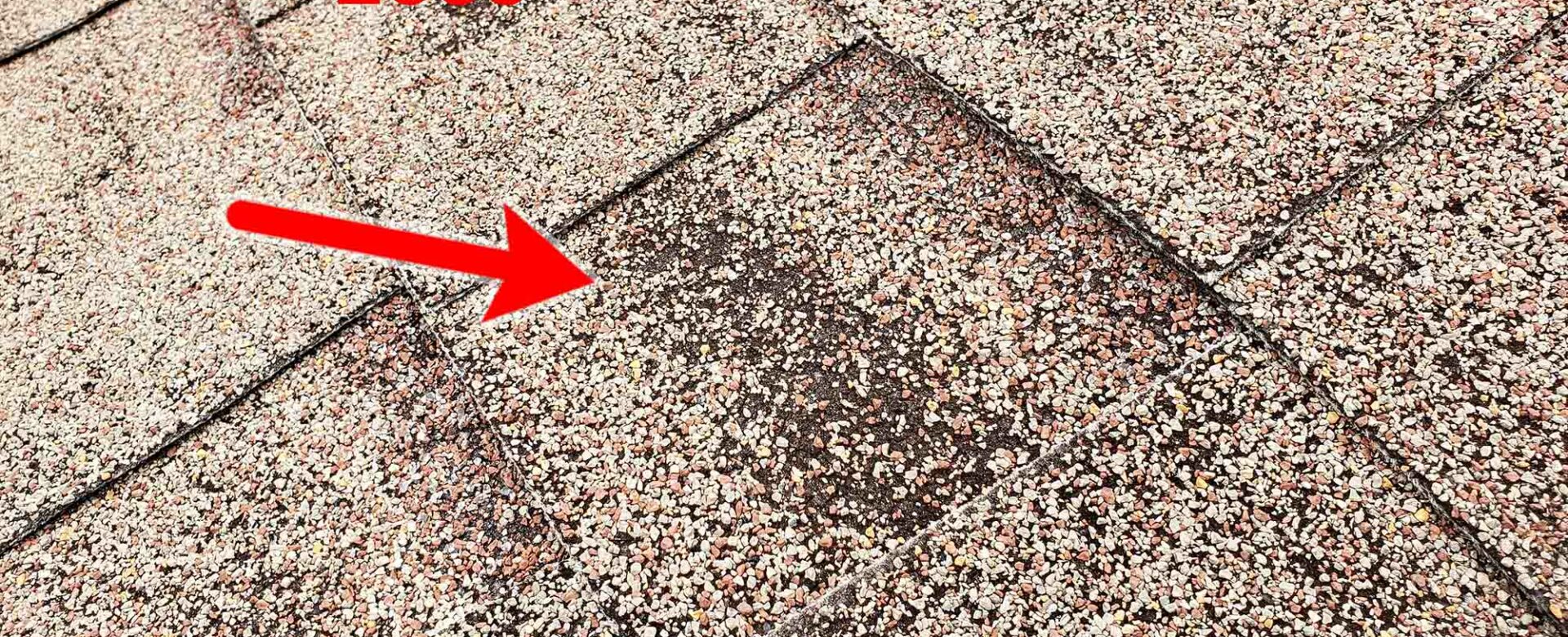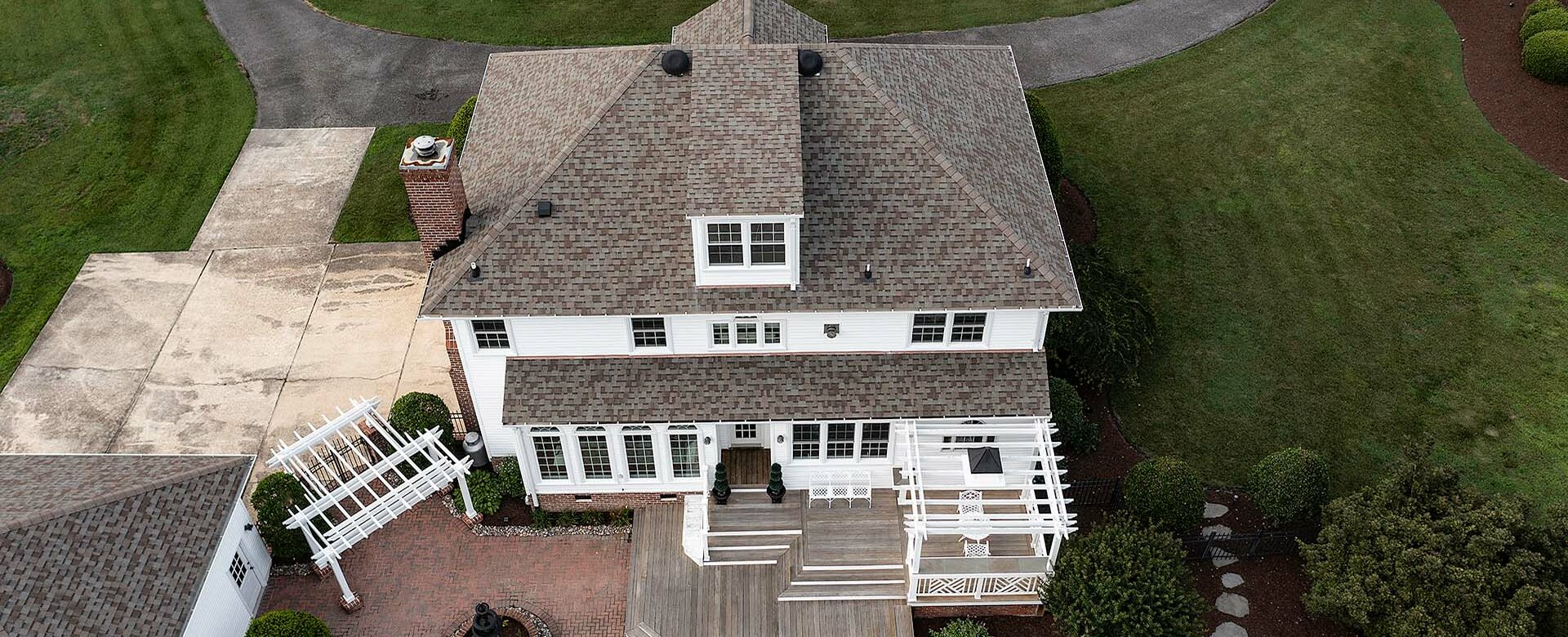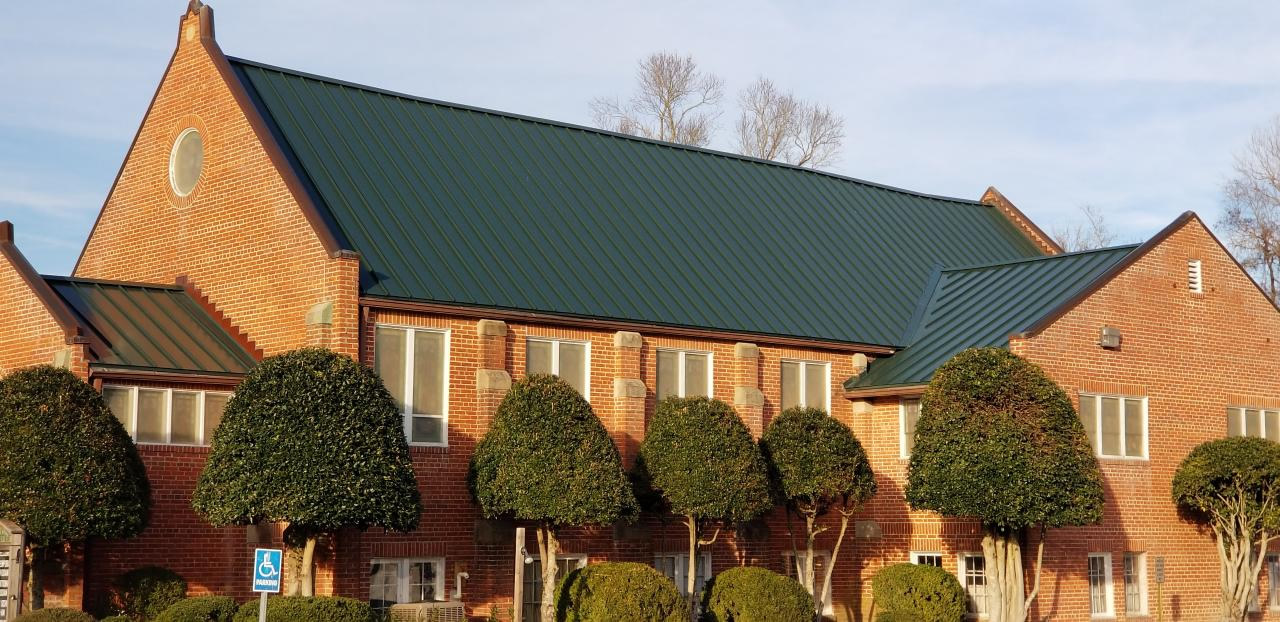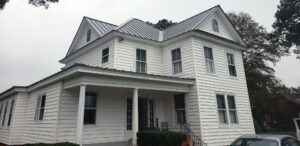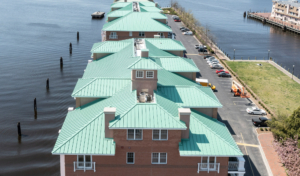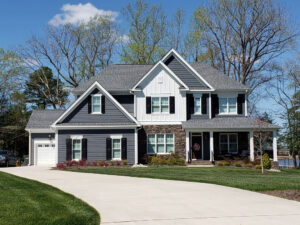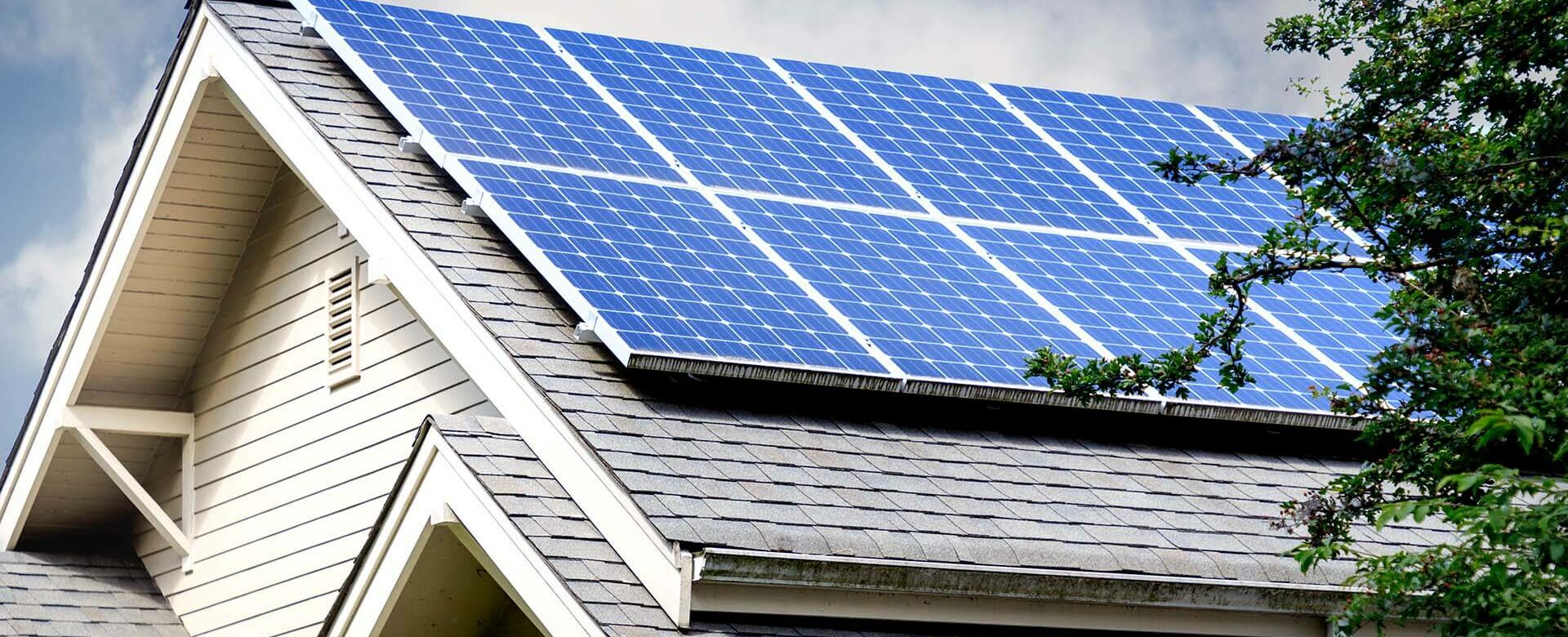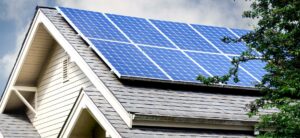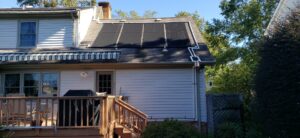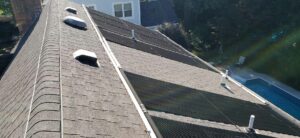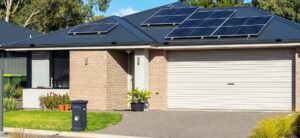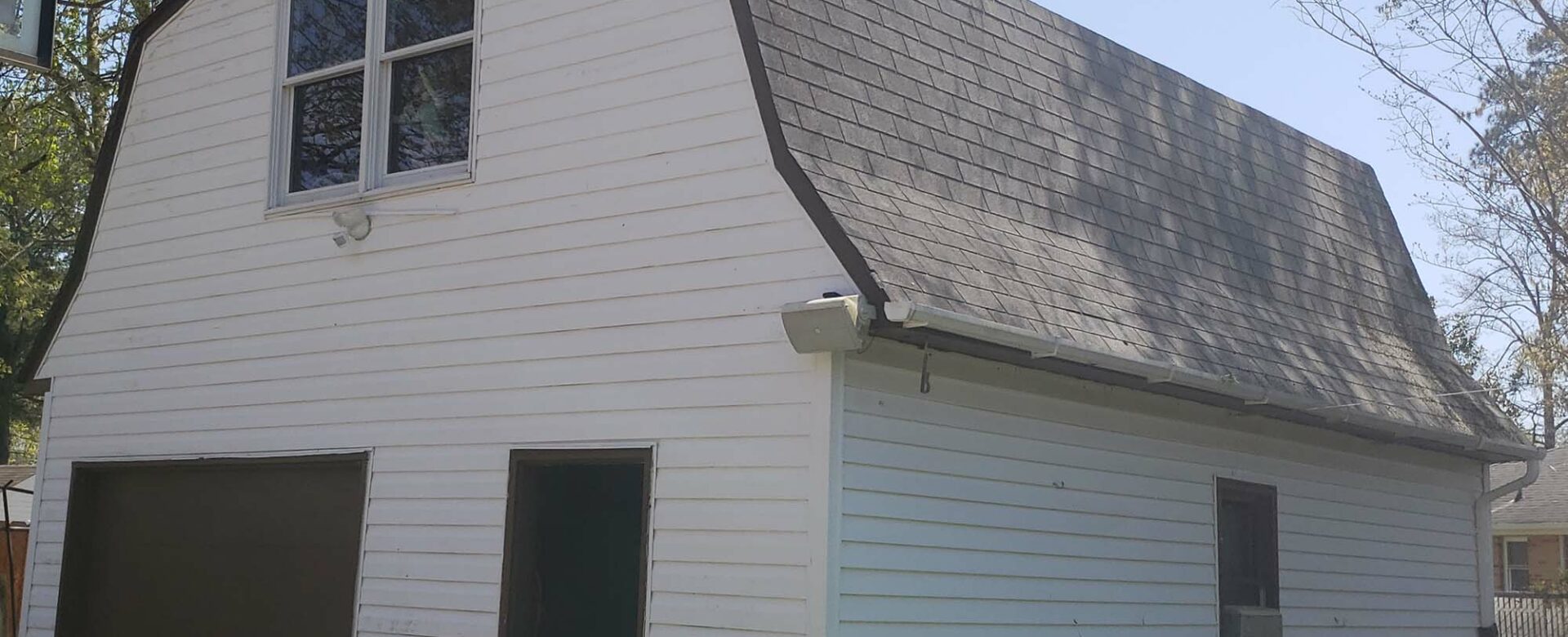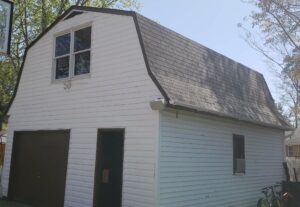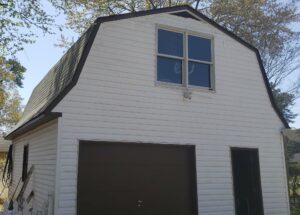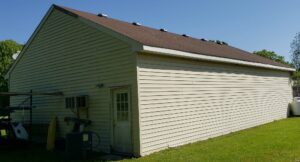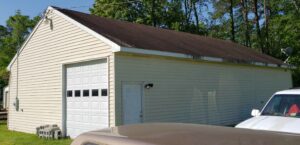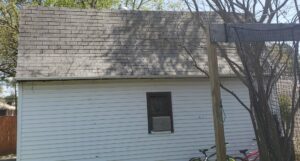Metal roofs have become increasingly popular in residential structures in recent years, whereas asphalt shingles have been the de facto material of choice for decades. There are plenty of good reasons to consider metal roofing, but is it right for your own home?
Here are a few things to consider before replacing your roof with metal.
Durability and Lifespan
Metal roofs have a lifespan of 50 or more years – twice the length of a traditional asphalt roof. In addition to lasting much longer, they are also more durable. If installed properly by a licensed roofing contractor, some metal roofs can sustain up to 140 mile per hour winds. This is a serious benefit in a hurricane and storm-prone area like Hampton Roads. For homes in areas prone to wildfires, metal roof systems are less likely to ignite or catch fire from a spark or rouge flame.
Sustainability
When replacing your roofing system, there are some things to consider about the environmental friendliness of your choices. One is the material itself. In the case of metal roofs, the material is usually 25-95% recycled content, and metal roofs are themselves 100% recyclable. There’s also the energy efficiency of your roof. Metal roofs reflect UV rays, which can reduce the temperature of the surface and can result in a 10-25% reduction in cooling costs for your home, saving energy and fossil fuels.
Affordability
While there are great benefits to metal roofs, and while their popularity has increased, they are still significantly more expensive than traditional asphalt shingles. Depending on the exact type of metal materials used, it may cost two to three times more than an architectural shingle replacement. Metal roofs can save you money over time for the reasons mentioned above, but you should consider how long you plan to live in your home and whether you will be there long enough to get a return on your investment.
Sound
While modern building methods do offer metal roofs a bit more insulation from sound than in the old days, they are still louder than a traditional roof. Some people love the sound of rain on a metal roof, while others may find it bothersome over time. There is nothing definitively good or bad about this aspect of metal roofs, but it is something to keep in mind when making the decision.
Snow
For areas where snow is common or in commercial situations, metal roofs will typically need snow guards. These little metal semi-circles or horizontal strips of metal keep snow from falling off in large clumps onto someone or something below. Even if you’re not in a snow prone area, you will need snow guards on steeply pitched roofs such as front porches and porticos. A qualified roofing contractor who is experienced with this material and installation will know the best way and the best places to install snow guards on your metal roof.
Style
Manufacturers of metal roof systems have made major advances in the style and color range of metal roofing. In some cases, metal roofs can even look like traditional shingles from a distance. For the most part, though, metal roofs have a distinctive look and style which may or may not compliment your home. Some manufacturers have tools on their websites where you can visualize what different roof materials and colors would look like on a home similar to yours. Or you may just want to take some time to search the internet for photos of homes with different types of metal roofs.
An experienced roofing contractor can also assist you in visualizing and choosing the appropriate material. At Andrews Roofing, we’ve completed many homes with metal roofing, and one of the approaches that has become popular with our clients is to mix roofing materials. The primary roof of the home may be architectural asphalt shingles, with small overhangs, porches or dormers using a complimentary metal material. This look works great on Craftsman style homes and more modern designs. It also gives the home the unique and high-end look of metal without as much of a cost increase.
If you are considering replacing your roof with a new metal roof, or if you just have questions about what roofing material is right for your reroofing project, contact Andrews Roofing. We’ve worked with clients in the Tidewater region for decades, and know the best materials, approach and application for all types of roofing systems.
